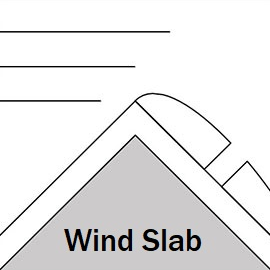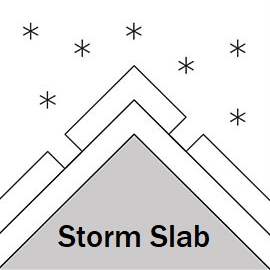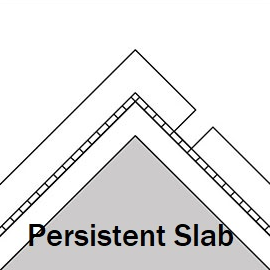Gudauri
Natural avalanches are possible, human-triggered avalanches are likely. Small avalanches in many areas, or large avalanches in specific areas, or very large avalanches in isolated areas.
Strong winds in the high alpine have created fresh windslabs that can be easily triggered by a single skier. Note that this includes the entries to popular runs on the backside of Sadzele (e.g., Kobi Pro and Kobi Light), and windslab is nearly impossible to avoid there. In the alpine and subalpine, a widespread storm/new snow problem on all aspects will take a few days to settle. The new snow may also release as small (size 1) dry or wet loose avalanches on E, SE, S, and SW aspects due to solar radiation. There have also been reports of isolated surface hoar in wind-sheltered areas, some of which might have survived winds and is now buried as a weak layer under new snow. Also, watch for faceted, shallow (≈ 1 m), and weak snowpacks, especially in rocky areas and below ridgelines
Forecast issued at: 5 January 2024 21:00
Forecast valid until: 6 January 2024 21:00
Forecaster: Peter S
High Alpine
> 2600m
3 Considerable
Dangerous avalanche conditions. Careful snowpack evaluation, cautious route-finding and conservative decision-making essential.
Alpine
2000m - 2600m
3 Considerable
Dangerous avalanche conditions. Careful snowpack evaluation, cautious route-finding and conservative decision-making essential.
Sub Alpine
< 2000m
2 Moderate
Heightened avalanche conditions on specific terrain features. Evaluate snow and terrain carefully; identify features of concern.
Avalanche Problems
Wind Slab

Moderate to strong winds with coming from varying directions in the high alpine, combined with considerable amounts of new snow snow have created reactive windslabs.
| Sensitivity | The specific avalanche problem type is reactive to human rider triggers. Easy to trigger with ski cut. |
| Distribution | Specific areas, with common characteristics. Evidence for instabilities exists, but it is not obvious and finding it requires careful observations. |
| Time of Day | All day |
| Trend | Improving |
| Confidence | Moderate |
Storm Slab

25-35 cm of new snow over the last two days have created reactive storm (new snow) slabs on all aspects in the alpine and sub-alpine.
| Sensitivity | The specific avalanche problem type is reactive to human rider triggers. Easy to trigger with ski cut. |
| Distribution | Many locations. Evidence for instabilities is frequently found, in many locations. |
| Time of Day | All day |
| Trend | Improving |
| Confidence | High |
Persistent Slab

Facetted, weak layer above a melt-freeze crust.
| Sensitivity | The specific avalanche problem type is difficult to trigger with a human rider. |
| Distribution | A few, isolated locations; evidence for instabilities is rare and hard to find. |
| Time of Day | All day |
| Trend | No change |
| Confidence | Moderate |
Recent Avalanches and Snowpack
January 5: Settlement of new snow in the alpine, 4-5 Jan new snow measured at 23 - 25 cm. Strong winds with considerable snow transport in high alpine.
January 4: 25-30 cm of new snow in the alpine, less in the high alpine. Cracking in windslabs in sheltered pockets near Kobi Pass.
January 3:
- Snow Pit on Sadzele West Peak SE Aspect
- Bidara E aspect, 2970m. Test profile adjacent to avalanche reported on Dec 29: Slide failed on small 1-2 mm facets on melt-freeze crust. Test results on the failure layer: CTM11 reistant planar and ECTP23 down 45 cm. Profile link: https://snowpilot.org/node/57950
Weather
Moderate winds in alpine and moderate to strong winds in high alpine, combined with 20-30 cm of snow. Temperatures -5 °to -10° at 2200 m.
Disclaimer
Our avalanche forecasters are internationally qualified and experienced professionals, and data is provided by skilled observers. We encourage you to make your own observations and decisions, without relying solely on our forecast, since any forecast is a generalised 'best guess', and in certain cases it might be inaccurate. We can not be held liable for any actions you take in the backcountry that may result in injury, loss or death.